Georgian cuisine tells a gastronomic account of the intertwined cultural influences that were carried between Europe, the Middle East and Western Asia along the Silk Road trade routes. The cuisine is based on the contrast between spicy and hot. Each historical province has its own distinct culinary traditions, with western Georgia using corn flour for bread and eating mainly poultry, whereas eastern Georgia uses wheat flour and enjoys a mingling of meats. The cuisine is highly prevalent in Russia today with many Georgians living there as well as because Stalin, an ethnic Georgian, was very fond of his home food and drink.
Important occasions in Georgia are marked with feasts called supra, which means table-cloth. There are both festive supras - keipi - and sombre supras – kelekhi – which take place after funerals. These can last hours and involve an honoured role of a tamada, or toastmaster.
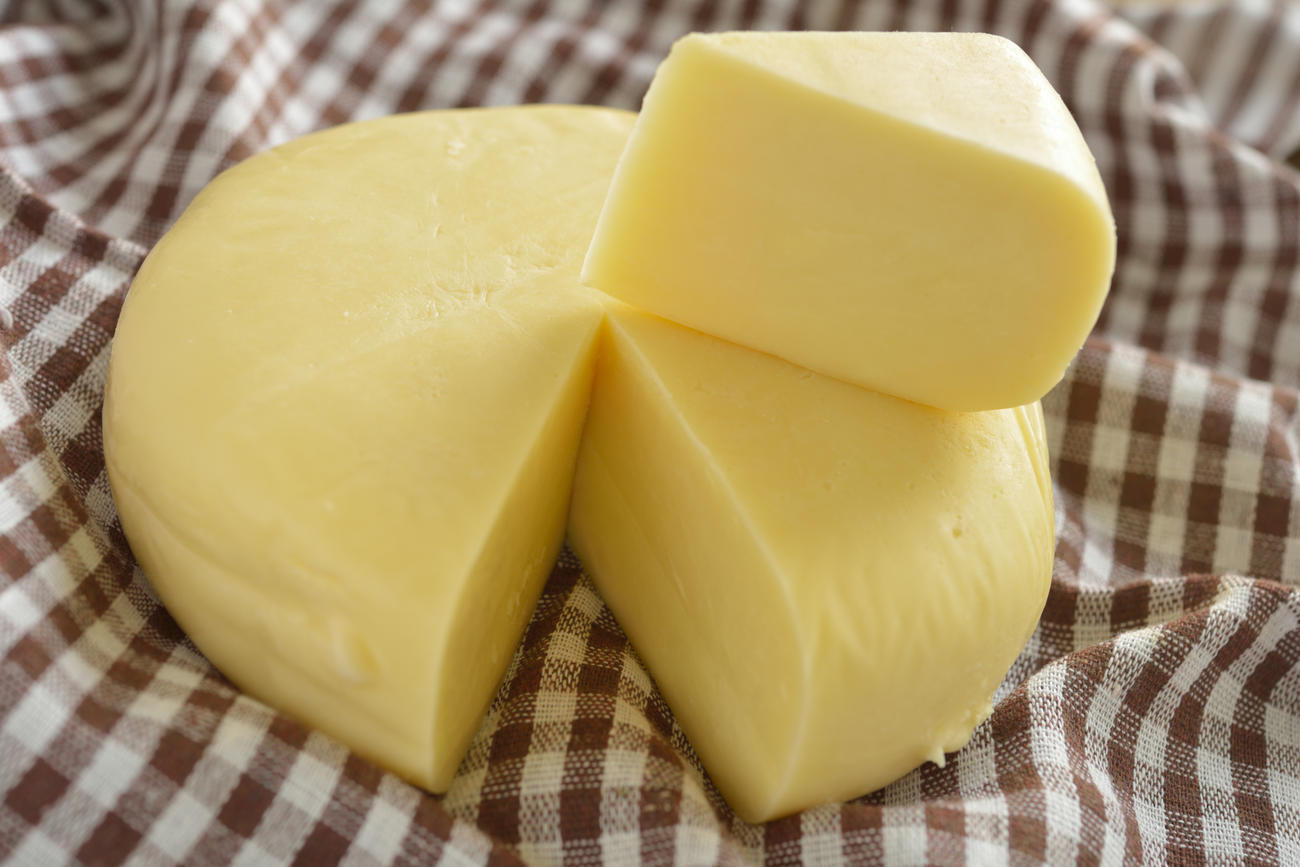
Georgian food is nutty, cheesy and saucy. No really: walnuts, peanuts, hazelnuts, almonds and more walnuts characterise the cuisine. They are used in salads, pastries and even meaty soups. The country produces dozens of types of cheese and uses it for food preparation as much as eating off a platter; boiled in milk, fried into oil, soaked with spices or baked in a pastry. Sulguni is probably the “national cheese”, soaked in salty water with a stringy shell and moist middle. A sauce on the table in every spread is tkemali, a sour plum sauce along with matsoni, a very sour yoghurt.
Other popular ingredients are courgettes, kidney beans and aubergines. Wild Oyster mushrooms which look, smell and taste like oysters make a popular appetizer and grow on the bark of trees.

Georgians’ number one comfort food which you will find on every spread is their cheesy bread Khachapuri. Variations include stuffing it with mushrooms and rice, or leeks if in Svaneti, or topping it with an egg. Georgians will boil leftover dough to make the popular atria, which can be served with kidney beans. Also loved are khinkali, Georgian dumplings.
Georgian salads pkhali do not resemble salads as we know them, but rather are shaped into round mounds, made with chopped and minced cabbage, aubergine, spinach, beans and beats mixed with vinegar, onions, garlic, herbs and you guessed it, walnuts.
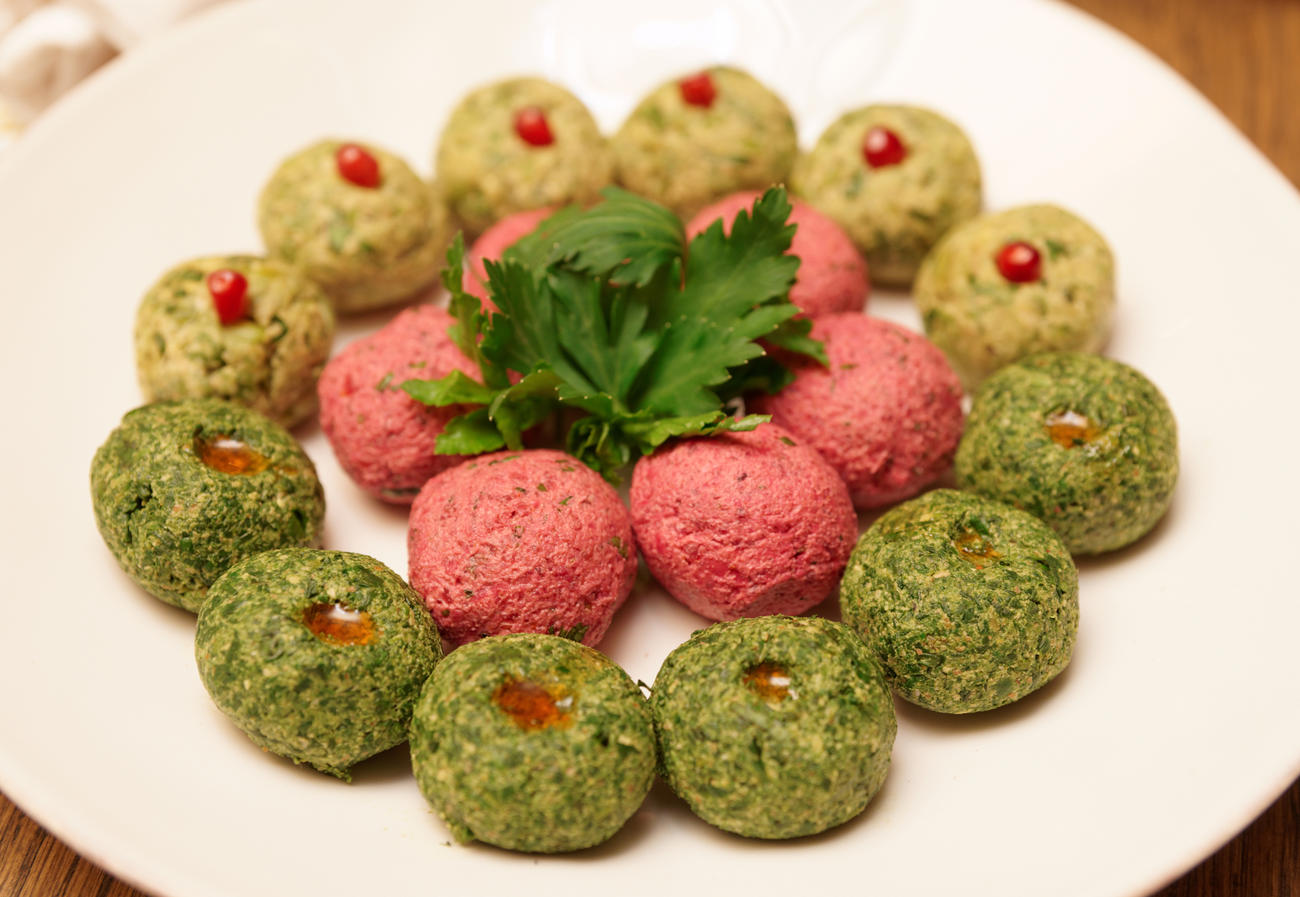
Main dishes are often soups and stews. Three traditional examples are:
Kharcho – from Mingrelia, containing beef, rice, cherry plum purée, chopped walnut and served with coriander;
Chanakhi – lamb stew with tomatoes, aubergines, potatoes, greens and garlic;
Chakapuli – One of the most popular dishes in Georgia, this stew is made from lamb chops or veal, tarragon leaves, cherry plums, dry white wine, mixed herbs, garlic and salt.
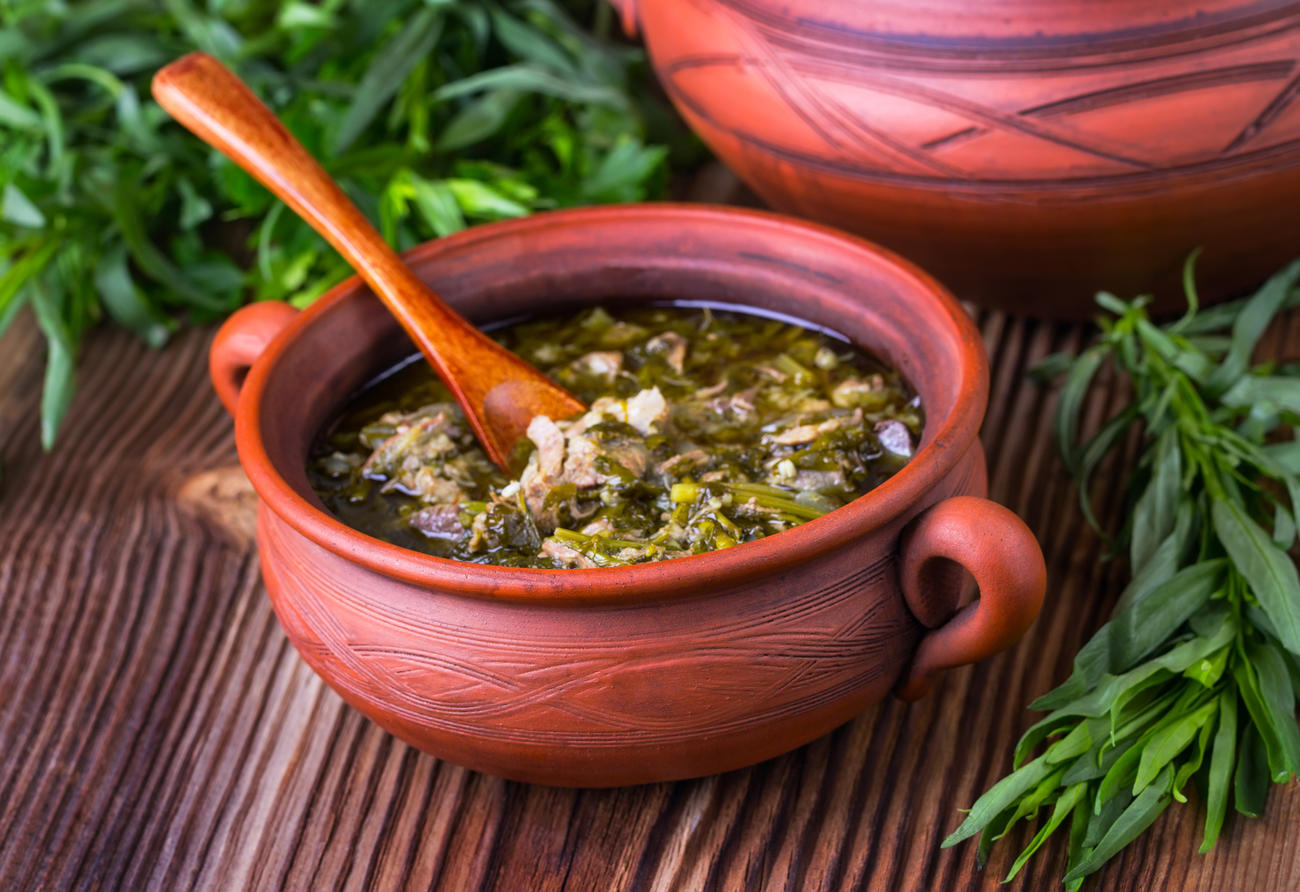
The Georgian kebab Qababi is made from grilled minced meat sprinkled with sumac and onion slices whilst the shashlik is skewered meat.
The Georgian version of a Snickers bar is called Shahlik, long sausage-shaped snacks made from grape must, nuts and flour.
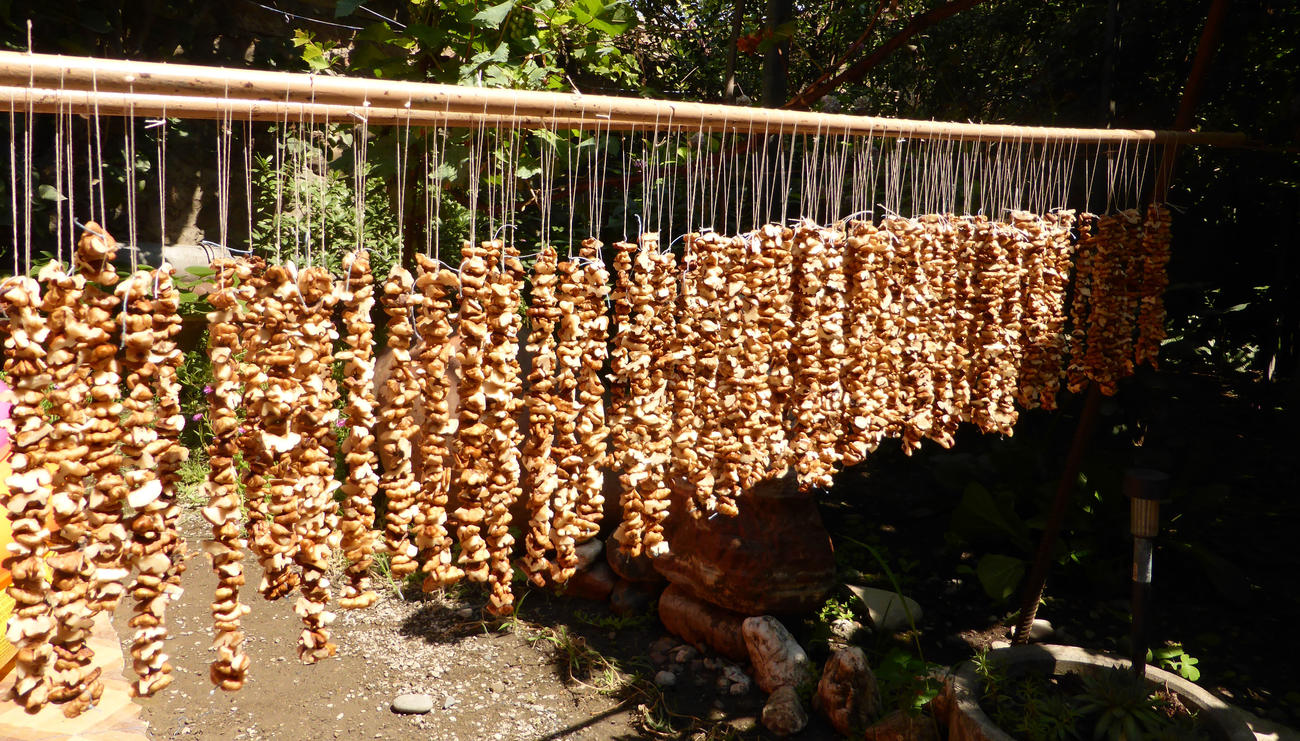
Beside food, Georgia is one of the oldest wine regions in the world and UNESCO have even added the ancient traditional winemaking method which uses clay jars – Kvevri – to their Intangible Cultural Heritage List.
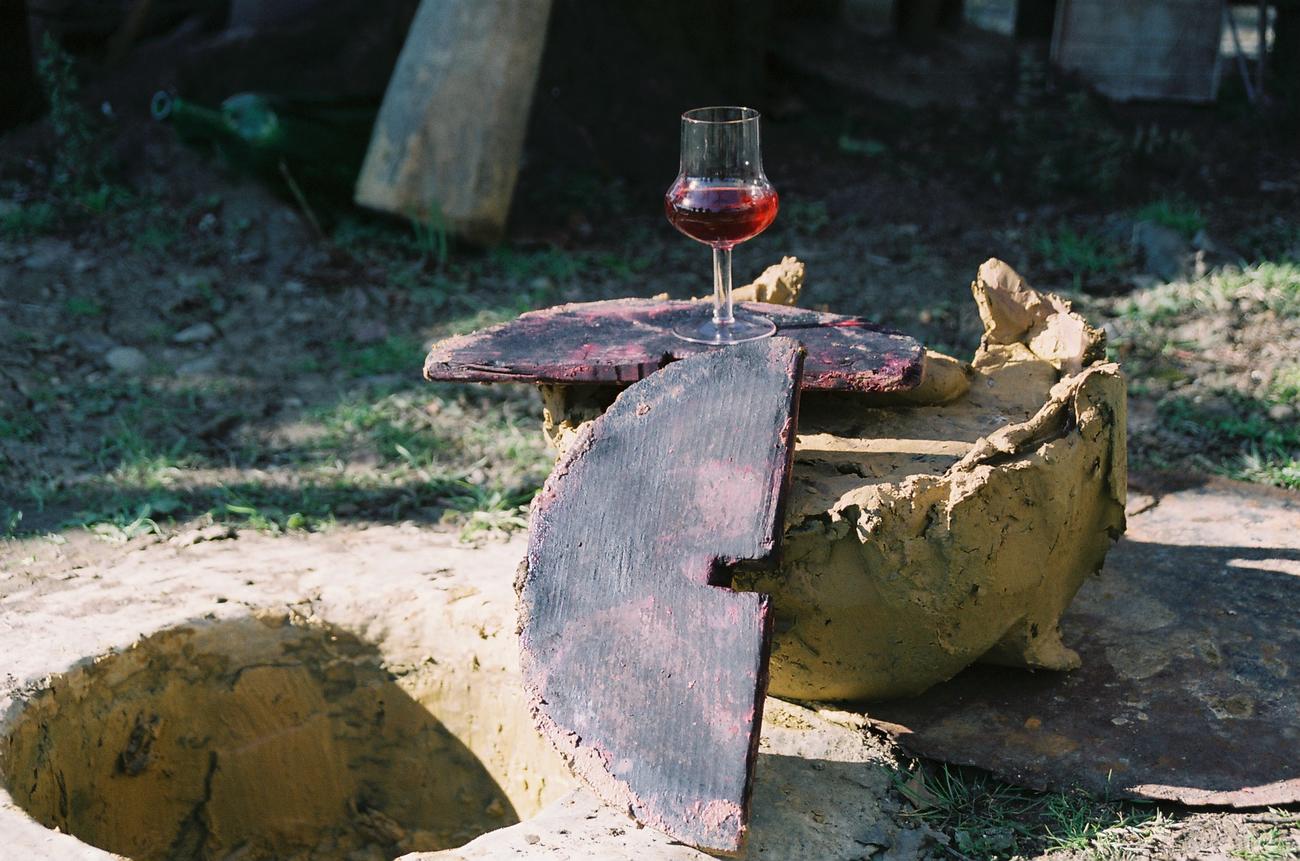
Eat and drink your way through Georgia on our group tours including Georgia Explorer or any of our tailor-made holidays.
Or muse our new epic for 2016: traversing The Great Silk Road in its entirety on a 47 day land adventure from Beijing to Istanbul. Bound to be an epic expedition for the tastebuds as much as for anything else.
Can't make it to Georgia just yet? We hear wonderful things about Kensington’s Mimino to tempt your taste-buds Caucasus bound.
Can't make it to London or want to recreate at home? We have the solution for you too.
Khachapuri recipe
Here's our very own recipe for the national comfort food, Khachapuri, tried and tested on the Wild Frontiers office.
- Sift 7 ½ oz of flour and add 1 ⅓ teaspoon of baking powder and a sprinkle of salt.
- Mix 3 ½ oz of sour yogurt and an egg in a mixer. Mix in two thirds of the flour mixture.
- Add 1 ½ oz butter and the rest of the flour and knead. Cover with cling film and refrigerate for half an hour.
- Take the dough out and divide into two equal balls.
- Preheat oven to 450°F. Place a dish of water in the oven on the bottom shelf to create steam.
- Create your cheese mixture. Georgians use the cheese sulguni, which you can find at Russian deli Kalinka in Queensway, but few other places in London. Feel free to substitute for more available cheeses – a mozzarella/feta combination would work nicely. Season with salt and black pepper, perhaps tarragon or paprika too.
- Roll out each ball of dough on a floured surface. A traditional shape is like an eye. Place the cheese mixture on one side of dough, then sandwich with the other side on top.
- Transfer to a baking sheet and brush with some egg wash.
- Bake for 18 to 20 minutes until golden brown.
- Leave to cool while you crack open some Georgian wine, slice n serve.
